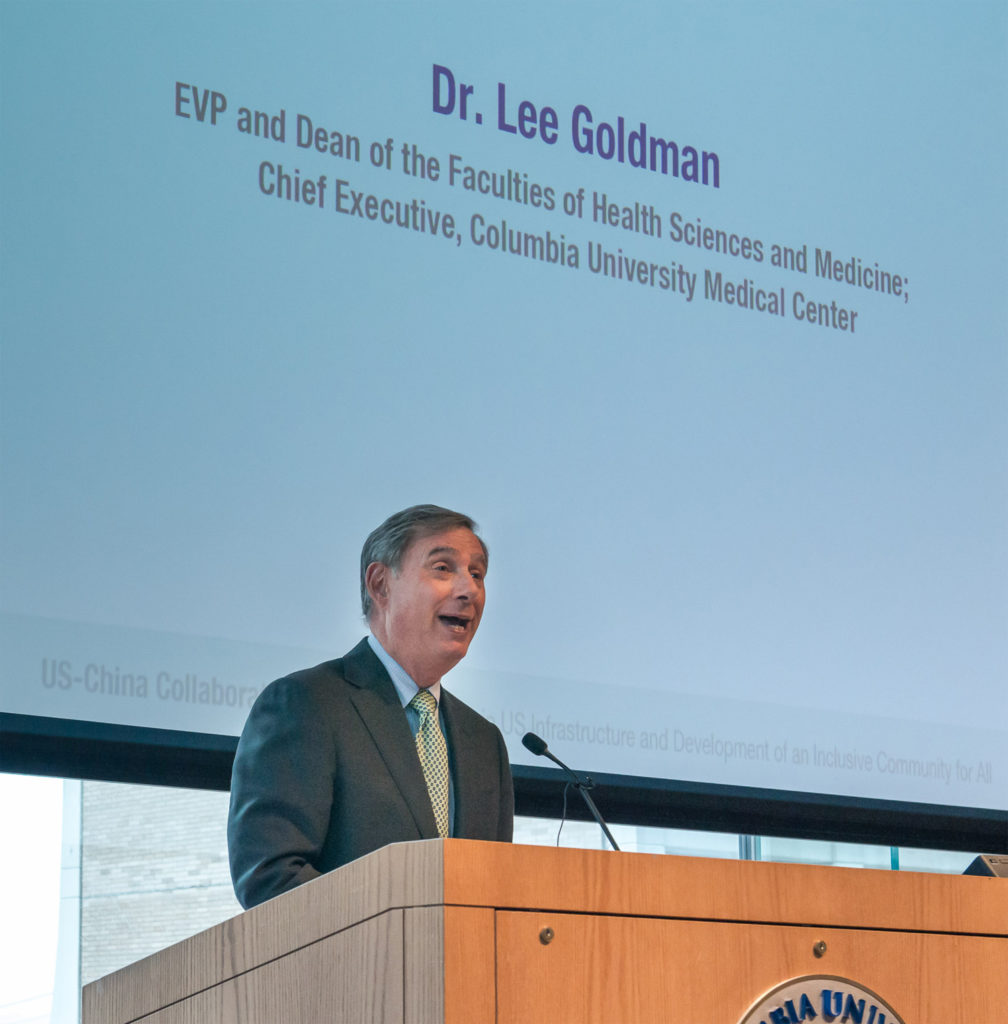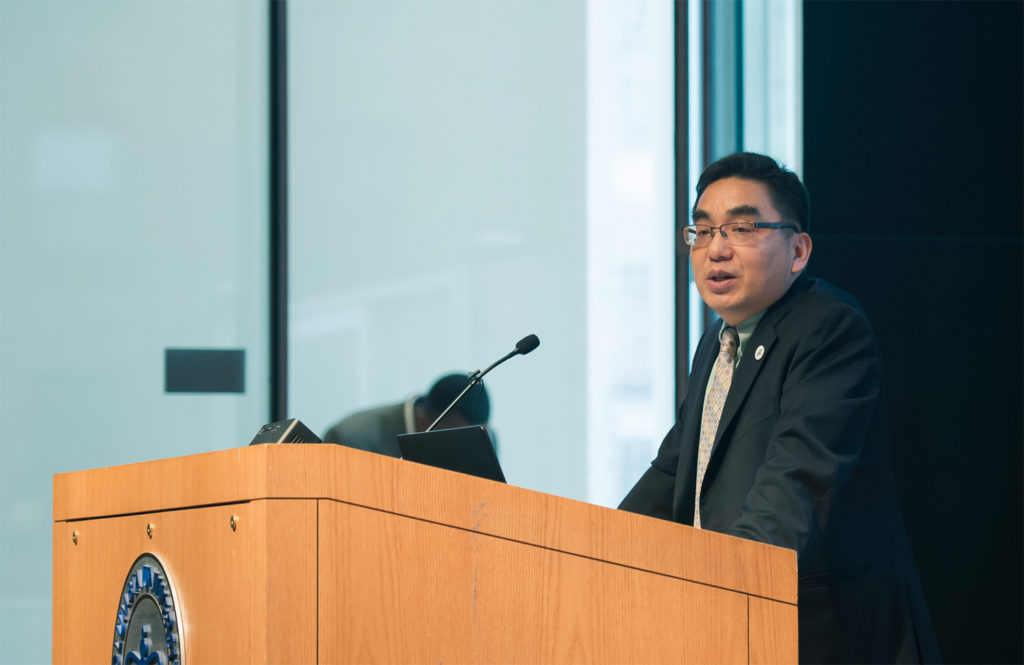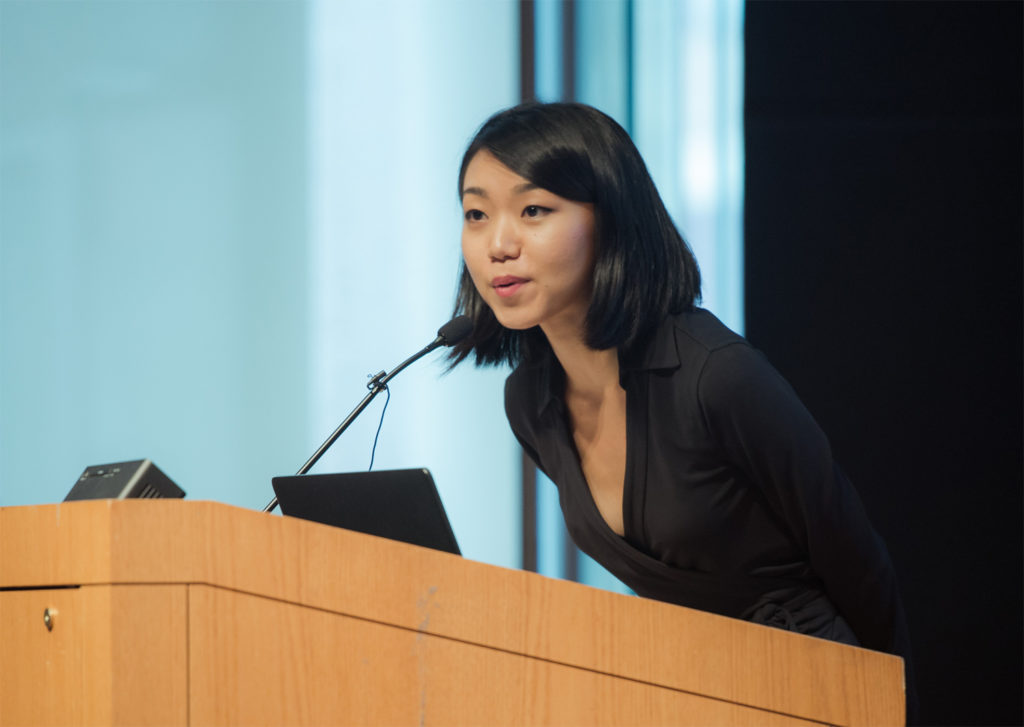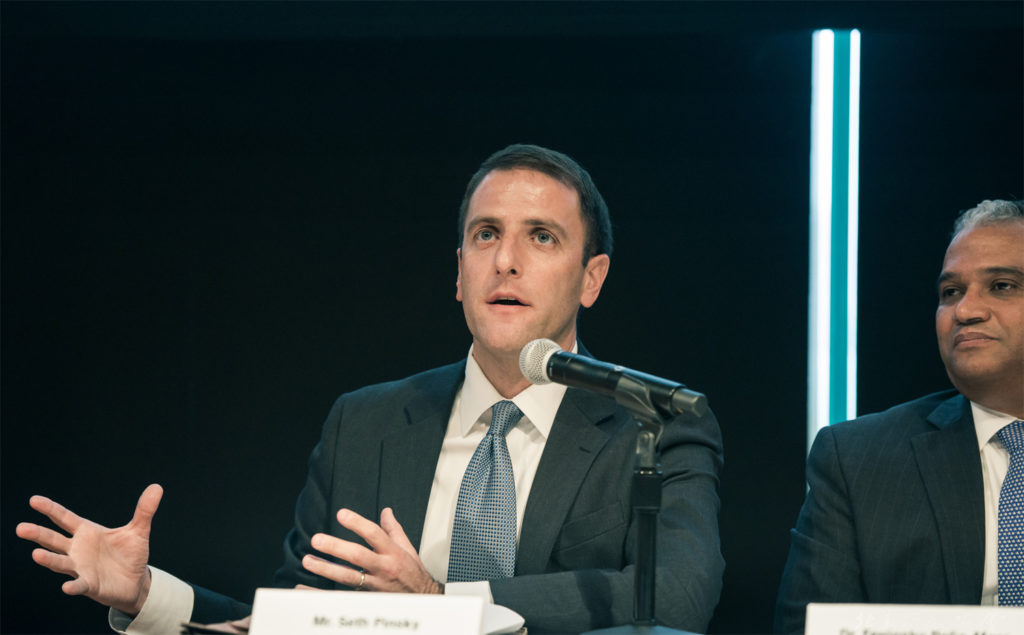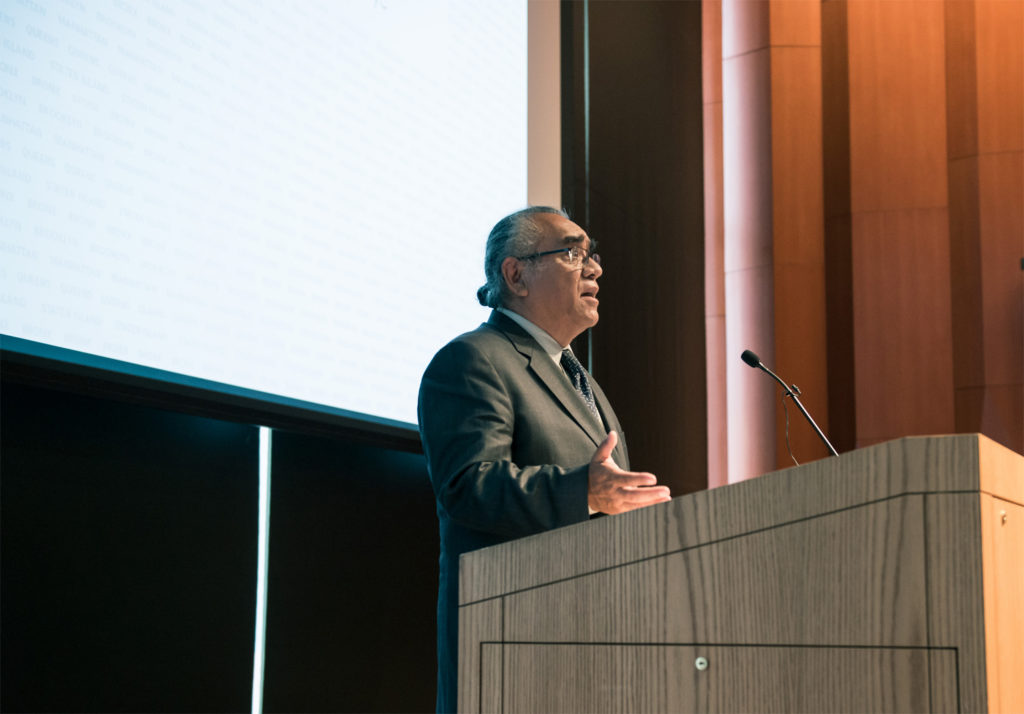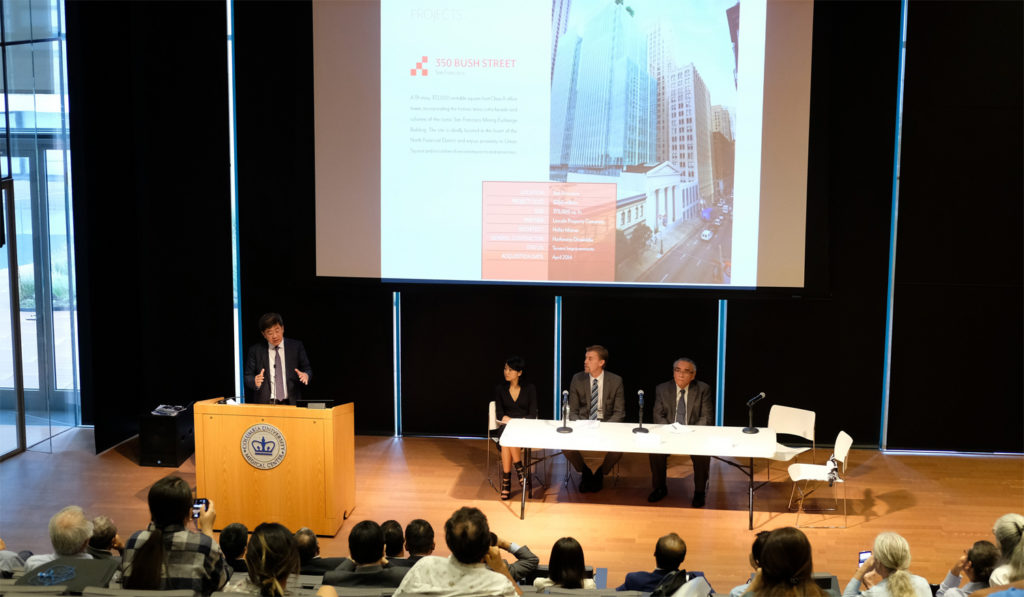- Events
- 2024 CAST-GNY Annual Conference
- 2023 CAST-GNY Annual Conference (New York City)
- 2022 CAST-GNY Convention (New York City)
- 2021 CAST-GNY Convention (New York City)
- 2019 CASTUSA-GNY Convention (New York City)
- 2018 CAST-GNY Convention (New York City)
- 2017 CASTUSA-GNY Convention (New York City)
- 2016 CAST-GNY Convention (New York City)
- 2016 CASTUSA Convention (Salt Lake City)
- 2015 CAST-GNY Convention (New York City)
- 2015 CASTUSA Convention (Washington D.C.)
- Fight COVID-19
- About
- Join & Support



